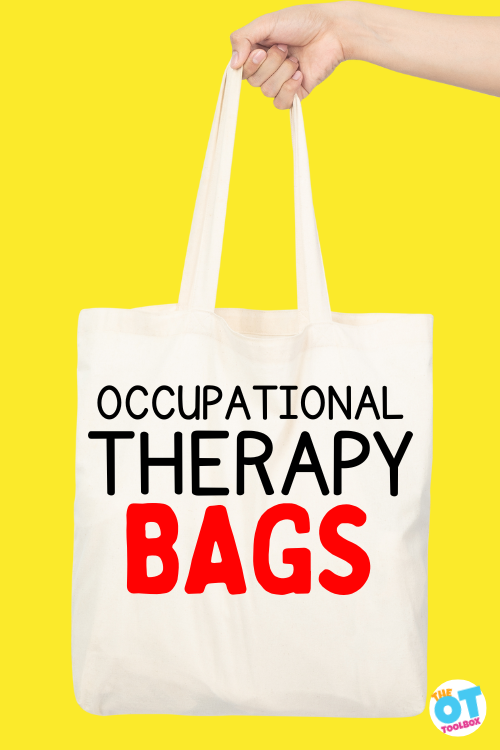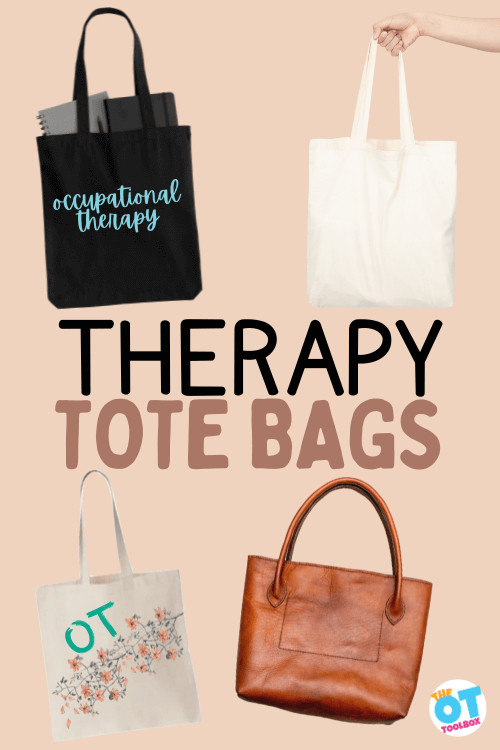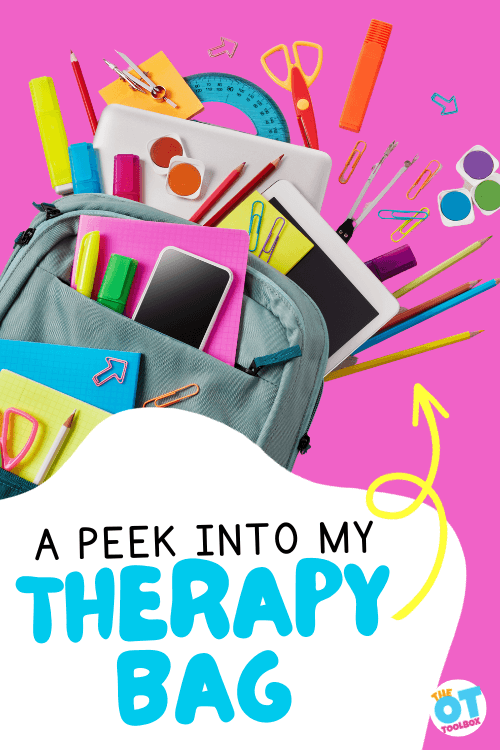In this blog post, we’re covering how to use Medbridge Education to support your professional licensure needs, and how to support clients using Medbridge as a tool and resource.
Occupational therapy providers (and for the PTs and SLT who read this site!) we know that continuing education is a must for keeping licensure up to date. That’s why we wanted to highlight a tool that supports continuing education for professional therapy providers with more options and benefits than your typical weekend conferences has to offer!

For occupational therapy providers looking for support in their continuing education needs, MedBridge is a dynamic online platform that has rapidly become a cornerstone resource in the healthcare industry. Renowned for consistently producing top-quality educational content, MedBridge is on a mission to enhance the lives of both patients and caregivers…and the therapy providers that use the services.
So, what exactly is MedBridge, and who can benefit from it? In this blog post, we’re hoping to provide in-depth insights into MedBridge, its diverse components, available subscription plans, pricing details, and what sets MedBridge apart as an exceptional tool for healthcare practitioners, patients, and organizations.
What is MedBridge?
MedBridge Education is a comprehensive online platform that specializes in providing continuing education and professional development resources for healthcare and therapy professionals.
It offers a wide range of educational content, tools, and resources to help healthcare practitioners (OT, PT, ST, AT…and more) to stay up-to-date with the latest industry knowledge, improve their clinical skills, and meet their continuing education requirements.
How does MedBridge work?
There is a lot to get to know about using Medbridge Education as a resource.
You can access courses, videos, and other resources on specific topics or area of intervention (school-based therapy, outpatient, inpatient) or in regards to specific diagnoses or functional needs.
MedBridge is an online platform designed to provide healthcare and therapy professionals with access to a wide range of continuing education resources, tools, and features.
Let’s go over how MedBridge works…
- Subscription Access: Healthcare practitioners, subscribe to MedBridge to gain access to its extensive library of educational content and resources. Subscriptions can be tailored to individual needs or organizational requirements. Click here for subscription fee info.
- Registration and Account Creation: New Medbridge users start by registering for a MedBridge account, which typically requires providing basic information and selecting a subscription plan based on their professional goals and interests.
- Dashboard: Once logged in, users are greeted by a personalized dashboard. This dashboard serves as a central hub for accessing all the features and resources available on MedBridge. There, you’ll find course options, upcoming webinars, and more.
- Course Selection: Users can browse MedBridge’s vast course library, which includes over 2,000 accredited courses covering a wide range of healthcare disciplines, specialties, and topics. These courses are designed to meet continuing education requirements and enhance clinical knowledge. The course selections offer resources for occupational therapy, physical therapy, speech-language pathology, nursing, and more.
- Course Completion: Healthcare professionals can select and enroll in courses of interest. Courses often include video lectures, written materials, quizzes, and assessments. Users can progress through courses at their own pace and complete them as required.
- CEU Credits: Many of MedBridge’s courses are eligible for Continuing Education Units (CEUs), which are essential for maintaining professional licenses and certifications. Users can earn CEUs upon successful course completion.
- Live Webinars: MedBridge offers live webinars conducted by experts in the field. Users can participate in real-time, ask questions, and interact with presenters during these webinars.
- Home Exercise Program (HEP) Builder: Clinicians can use MedBridge’s HEP Builder to create customized home exercise programs for their patients. The platform includes a library of over 8,000 exercise videos that can be integrated into customized exercise programs based on the needs of the individual clients.
- Patient-Oriented App (MedBridge GO): MedBridge GO is an app designed specifically for patients. Clinicians can prescribe exercises and educational content to their patients through this app, allowing for improved patient engagement and compliance. The patients can then access their prescribed exercises and educational content that their therapy provider has selected for them.
- Certification Programs: Occupational therapy providers (and other professionals) who are interested in advancing their expertise can pursue certification programs offered by MedBridge. These programs typically involve comprehensive training and assessments and allows them to demonstrate advanced expertise in their chosen areas.
- Progress Tracking: Users can track their course progress, CEU completion, and overall professional development through their MedBridge accounts. The platform often provides certificates of completion for courses and certifications.
- Support and Resources: MedBridge offers customer support to assist users with any questions or technical issues. The platform also provides supplementary resources, such as compliance training, non-accredited courses, and patient feedback systems.
- Accessibility: MedBridge is accessible online through web browsers and also provides dedicated apps for smartphones and tablets, catering to the convenience and mobility needs of users.
Medbridge Education Subscription Levels
Because there is so much in the way of tools and resources available on Medbridge education, the service offers three subscription levels tailored to users’ specific needs:
- Education Plan: Geared towards clinicians seeking CEUs, certifications, and access to reference materials.
- Premium Plan: Designed for clinicians who desire all the benefits of the Education plan along with the capability to create home exercise programs for their patients and provide access to educational videos.
- Enterprise Plan: Intended for larger therapy organizations seeking the features of the Premium plan, plus additional customization, branding, patient feedback systems, patient outcome tracking, and ongoing staff training. The Enterprise package is not typically suited for individuals.
Most clinicians find the MedBridge Premium plan to be an ideal choice, given its robust Home Exercise Program (HEP) Builder, particularly beneficial for outpatient therapists.
The comprehensive exercise video library serves as a valuable reference tool, even for those who may not frequently create home exercise programs.
Medbridge Coupon
I have exciting news…if you would like to access thousands of educational resources to meet your professional development needs, Medbridge is the source for you.
And, you can use a special Medbridge coupon code, just for readers of The OT Toolbox.
Use the Medbridge coupon code: THEOTTOOLBOX to save $150 off all individual subscriptions.
This means that the discounted prices for a subscription to Medbridge Education are:
- $225 for Education (access to our entire course library)
- $275 for Premium (Education, plus access to the HEP and patient education library and builder)
- $120 for SLP Education (SLP courses only)
- $170 for SLP Premium (SLP Education, plus access to the SLP HEP and patient education library and builder)
Thinking about joining? Click here for more information on joining Medbridge for continuing education needs!

Colleen Beck, OTR/L has been an occupational therapist since 2000, working in school-based, hand therapy, outpatient peds, EI, and SNF. Colleen created The OT Toolbox to inspire therapists, teachers, and parents with easy and fun tools to help children thrive. Read her story about going from an OT making $3/hour (after paying for kids’ childcare) to a full-time OT resource creator for millions of readers. Want to collaborate? Send an email to contact@theottoolbox.com.






